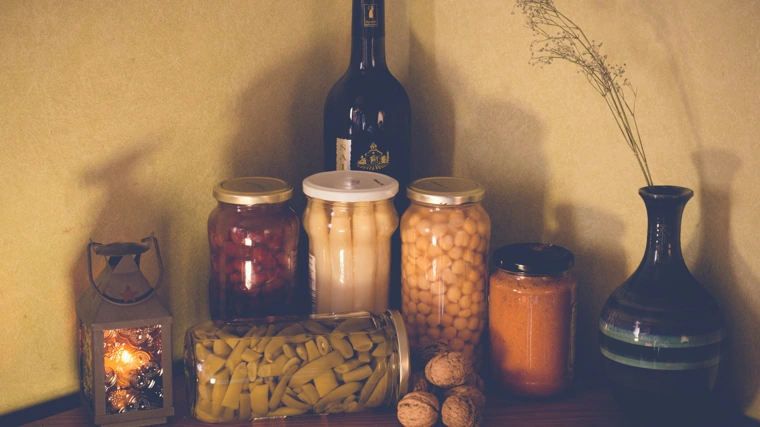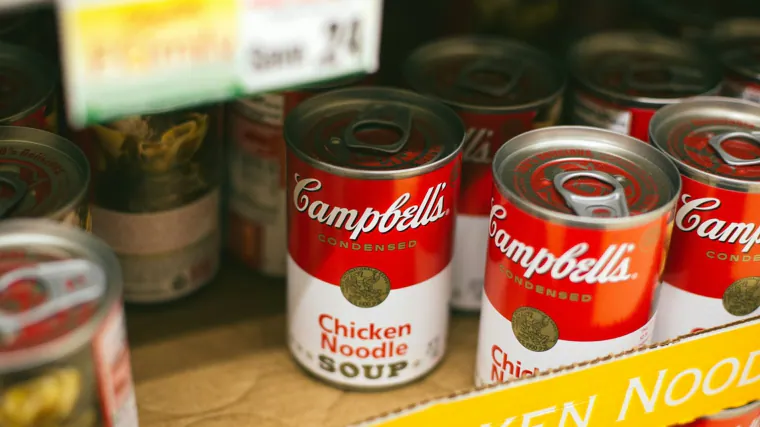In emergency situations or when we are somewhere without access to a kitchen or without the necessary energy resources, prepare nutritious foods It’s more complicated. Achieving this can be complicated, especially if we also take into account the food security that can be affected in these situations.
That is why today I want to talk to you about some issues that we must take into account to make nutritionally complete dishes and of course safe for our health.
In emergency situations, what nutritional priorities do we have and what should safety look like? In periods when access to drinking waterelectricity or even we do not have a kitchen, it is necessary to take into account:
1. Food safety: select foods that are in good condition to avoid poisoning and maintain adequate storage. For example, if electricity is not available, it is preferable to choose foods that can be kept stable without the need for refrigeration, such as canned goods and some vegetables.
2. Nutritional balance: it is important in these cases that the diet is adequate and that the necessary macronutrient requirements are maintained both in the form of carbohydrates (preferably slow absorption, although it is not a priority in emergency cases), proteins and fats, if necessary. possible healthy ones, such as those that come from extra virgin olive oil.
Canned food is a good nutritious and healthy option in an emergency situation.
Foods that do not require cooking
– Preserves: legumes, not just those cooked alone, but we can opt for versions with vegetables. Canned fish and meat, such as tuna, mackerel and salmon or we can even find canned chicken. These have a long shelf life and only need to be stored in a dry place.
– Fresh fruits and vegetables: For example, apples, tangerines, oranges and carrots can have a considerable shelf life outside the refrigerator and are a good option to increase the consumption of vitamins and antioxidant substances.
– Toast or cereals such as oatmeal: Cracker toast or corn, rice or legume pancakes are easy to preserve and combine very well with any food. Oat flakes combined with milk can also be a good alternative
– Nuts, dried fruit and seeds: Not only can they be consumed at any time but they will provide us with a large amount of energy.
– Milk: Although it is true that once opened we have to keep it cold, we can use the versions available for individual consumption.

Ensure food safety
– Maintain adequate hygiene of hands, utensils, surfaces and food that we are going to consume, trying to use drinking water for preparation, consumption and cleaning and if it is not possible, use bottled water.
– Store food correctly: Keep food in a cool, dry place and avoid direct exposure to the sun.
– Eliminate damaged foods (not just remove the ugly parts), check the expiration dates and check that the canned foods do not have any damage or dents.

Healthy meal ideas
To illustrate how to combine these foods in a practical and safe way, here are some ideas for dishes that can be prepared without cooking and without compromising nutritional quality or safety:
1. Legume salad with fresh vegetables: Mix the canned legumes with cherry tomatoes, cucumber, pepper and a touch of olive oil. Season with a little salt and aromatic herbs. add salt. This is an option rich in protein, fiber and vitamins.
2. Tuna and vegetable wrap: in a whole wheat tortilla and add canned tuna, cucumber slices and carrot.
3. Fruits with nuts and seeds: Combine a sturdy fruit (like an apple or pear) with a handful of almonds or walnuts. This simple snack provides vitamins, minerals and healthy fatty acids.
Trying to maintain good nutrition in emergency situations is crucial. Introducing these food groups is a way to ensure the necessary requirements until stability returns.
You can learn more about nutritionist Elisa Escorihuela through her Instagram account: @eliescorihuela, her work at the Nutt Nutrition Center and in her book ‘Dietoterapia’. You can also read all the nutritional recommendations contained in their articles in ABC’s ‘Nutrition Classroom’.
#Healthy #dishes #resources #cooking

